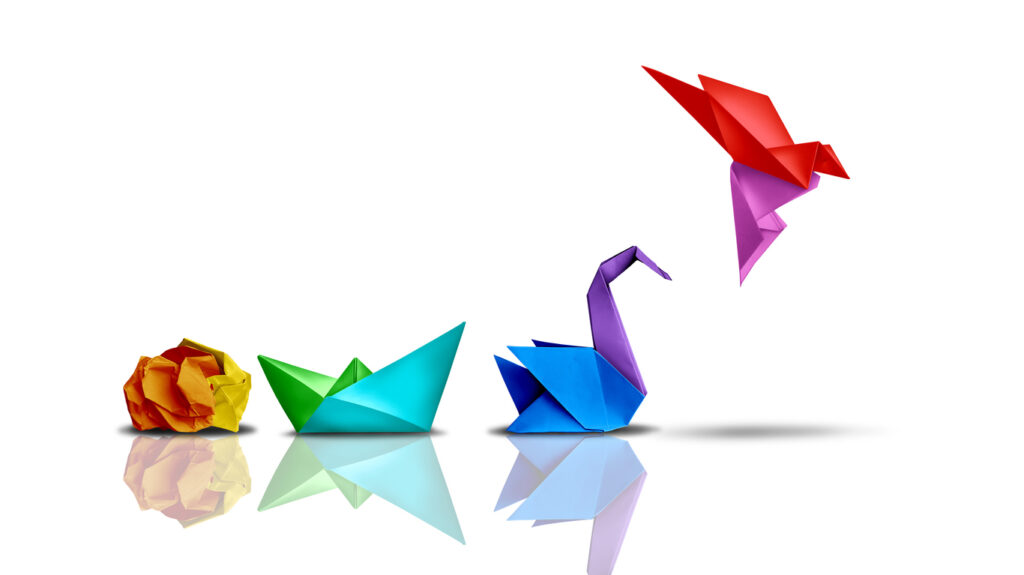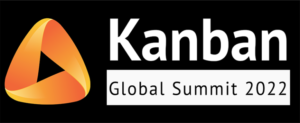Scrum Better With Kanban Blog Series
In the dynamic world of agile environments, learning is not a linear journey; it’s an evolutionary process. This path is marked by trial and error, constant adaptation, and evolution, particularly when using the Kanban Method. However, this evolutionary approach to learning and change is not exclusive to Kanban and can be effectively integrated by Scrum Teams as well. Let’s explore how this works.

Learning Through Trial and Error
Agile environments thrive on a learning approach that’s indirect and exploratory. Teams often face a series of experiences, each offering unique challenges and opportunities for growth. This process, a fundamental aspect of agile methodologies, demands patience, resilience, and an eagerness to experiment, where each setback paves the way to deeper understanding and improved practices.
Managed Evolutionary Change in the Kanban Method
The Kanban Method fosters this learning through ‘managed evolutionary change’, involving three critical stages: identifying stressors, reflecting and hypothesizing, and leadership in experimentation. This structured approach supports learning and adaptation, making it a key strategy in agile environments.
Applying Managed Evolutionary Change in Scrum
Scrum Teams can also harness the power of managed evolutionary change, particularly during retrospectives or daily Scrum meetings. By adopting managed evolutionary change, Scrum teams can develop and test experiments, leading to continuous improvement and learning.
Here are some ways Scrum teams might implement this:
- Integrating Unplanned Work: Allowing for unplanned tasks while completing planned Sprint work. This can help in understanding the team’s flexibility and adaptability. You can learn more about how to address unplanned work in our blog post “Unplanned Work – The Hidden Sprint Surprise.”
- Evolving the Definition of Done: Developing new agreements in their Definition of Done and trialing them before formal adoption. This iterative testing ensures that changes are practical and beneficial.
- Setting Work in Progress Limits: Establishing limits for one or more columns in their workflow to assess the impact on focus and quality. This can lead to more efficient workflows and higher quality results.
Leveraging Investment in Teams
Whether using Kanban or Scrum, the focus remains on leveraging the existing strengths of teams and personnel. Incremental changes, built on current capabilities, ensure that development is sustainable and aligned with organizational culture.
Further Learning and Training
For those looking to deepen their understanding of these agile methodologies, resources and training are available. Kanban University offers extensive information and courses, beneficial for Scrum practitioners. This includes our new Scrum Better with Kanban (SBK) course.
- Learn more at Kanban University.
- Explore formal training opportunities at Kanban Development Path.
Conclusion
The evolutionary nature of learning in agile environments requires a mindset open to experimentation and adaptation. Embracing managed evolutionary change allows teams to address challenges effectively while fostering a culture of continuous learning and improvement.
Stay tuned for more from our Scrum Better With Kanban blog series. If you would like to be notified about other problems and potential solutions for Scrum Masters, please use the sign-up box below to join our Scrum email list.












